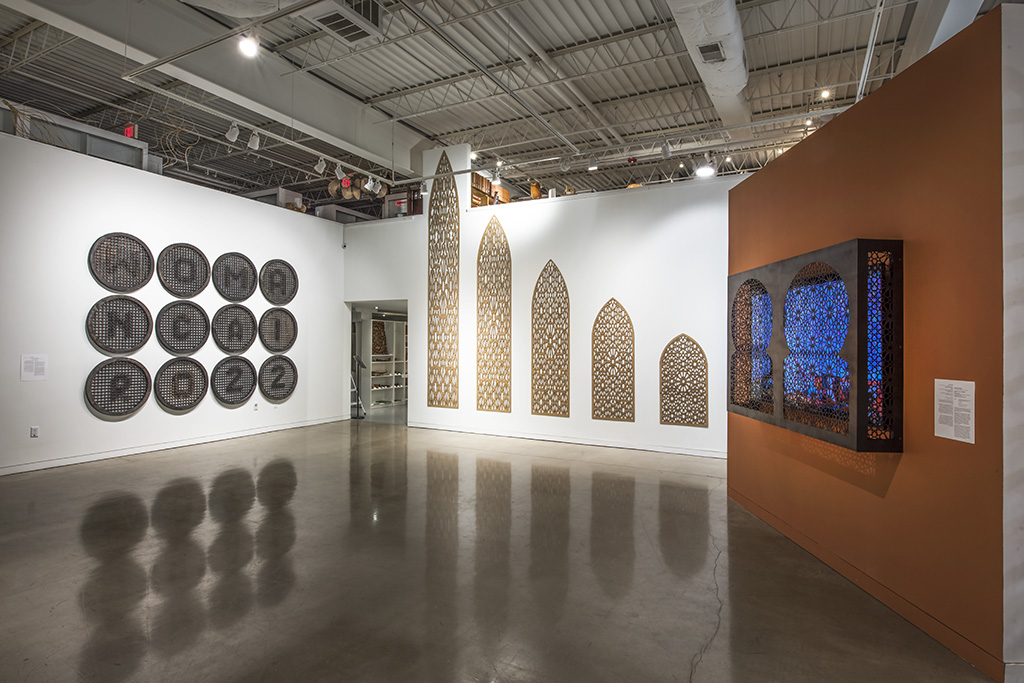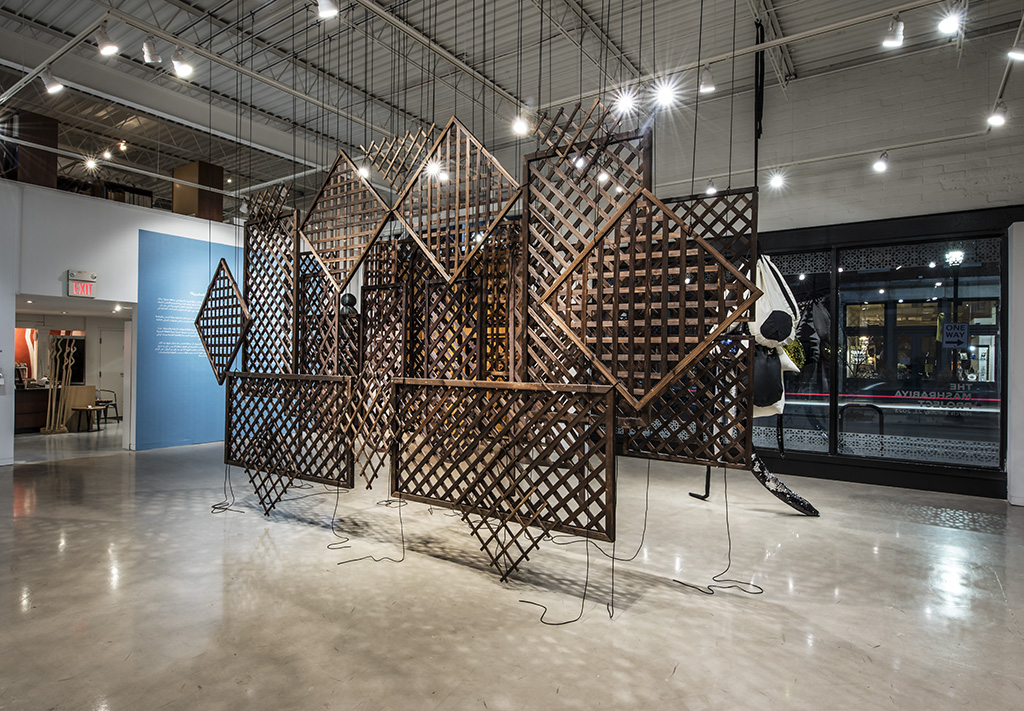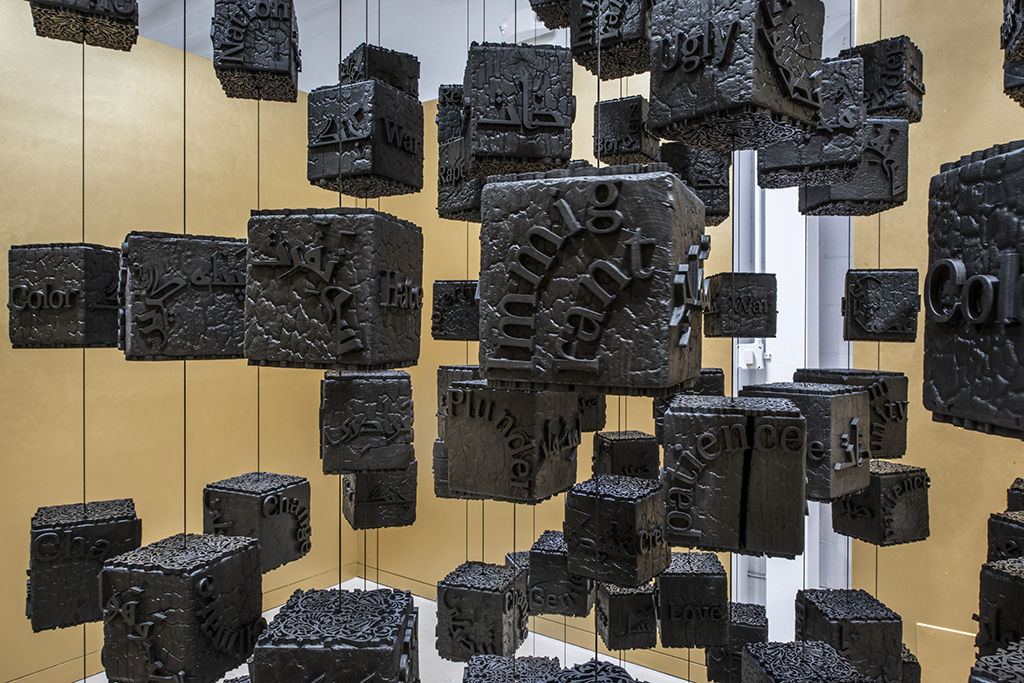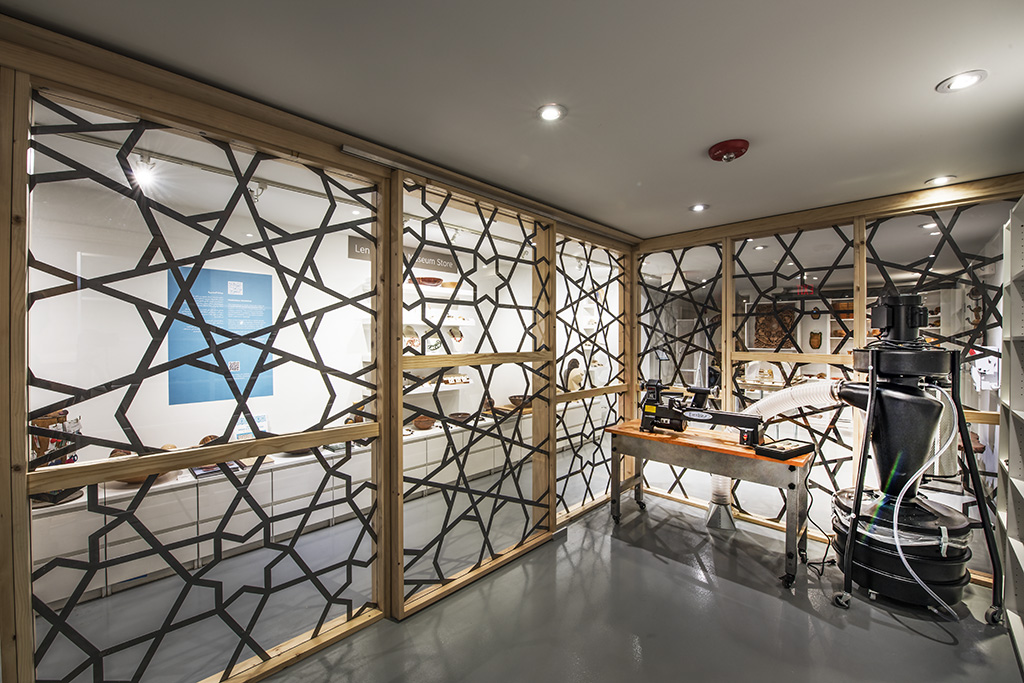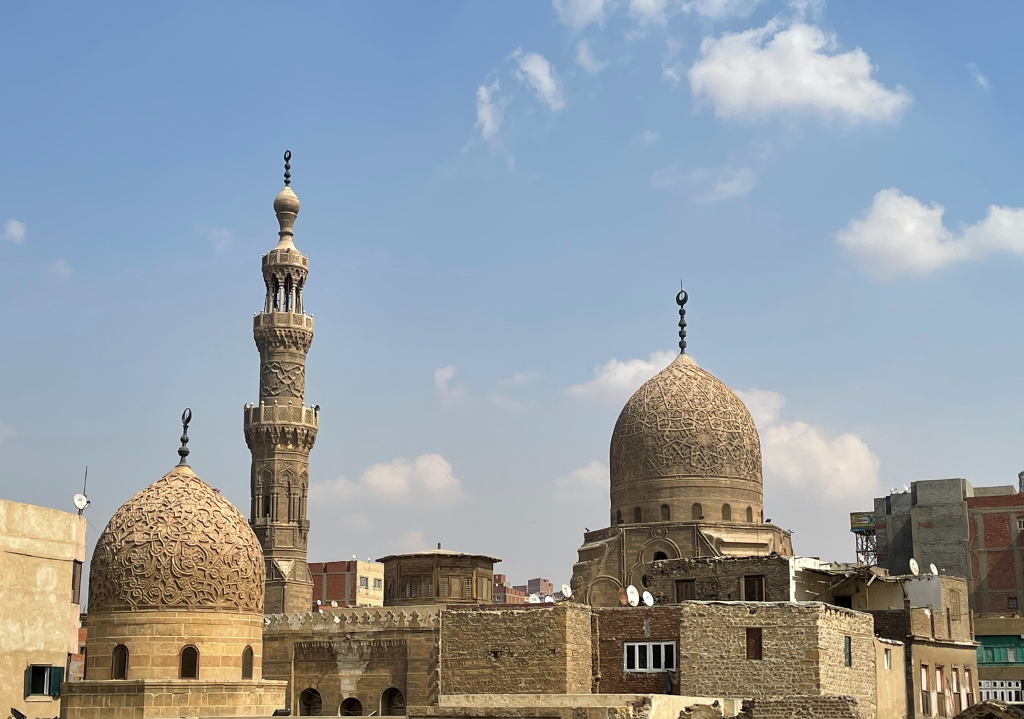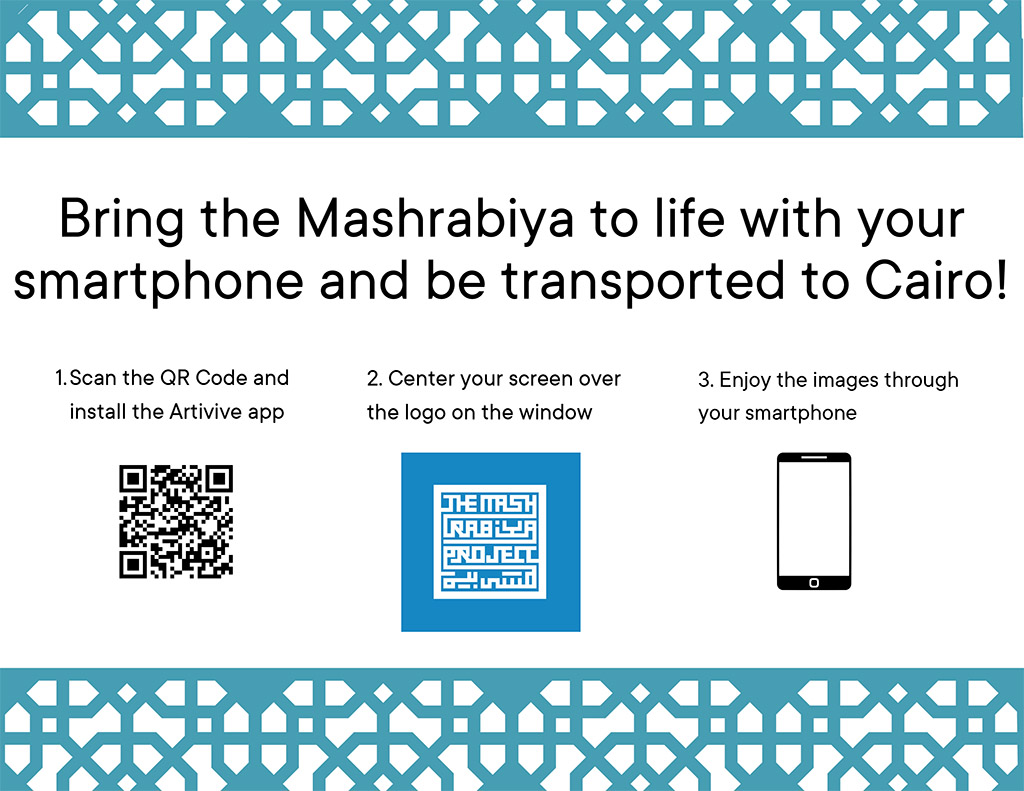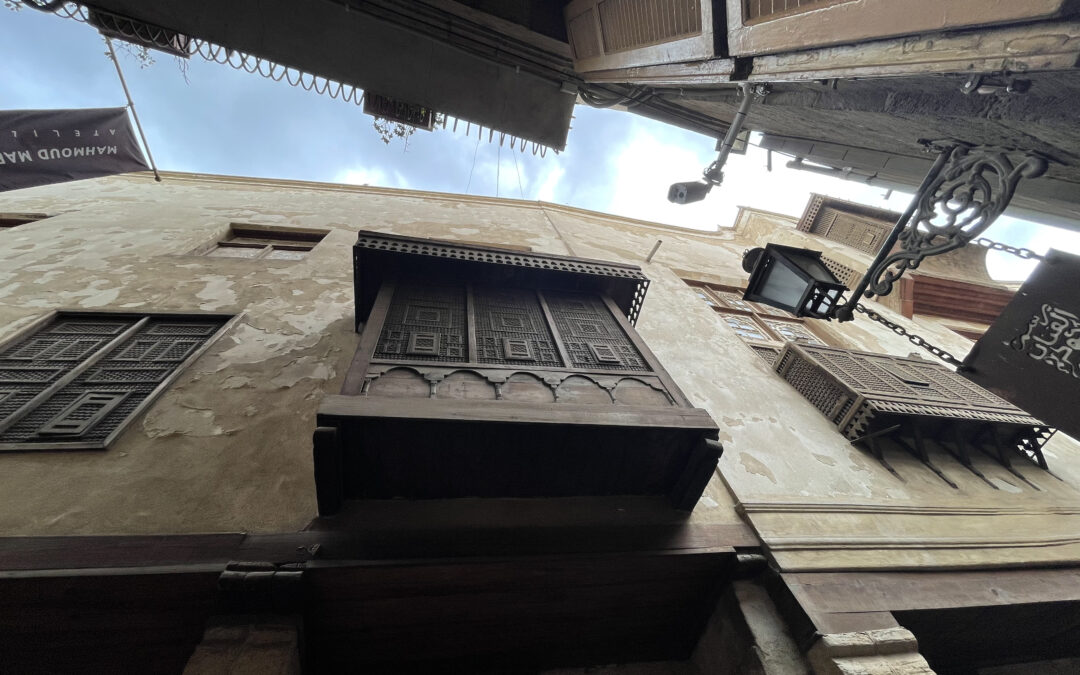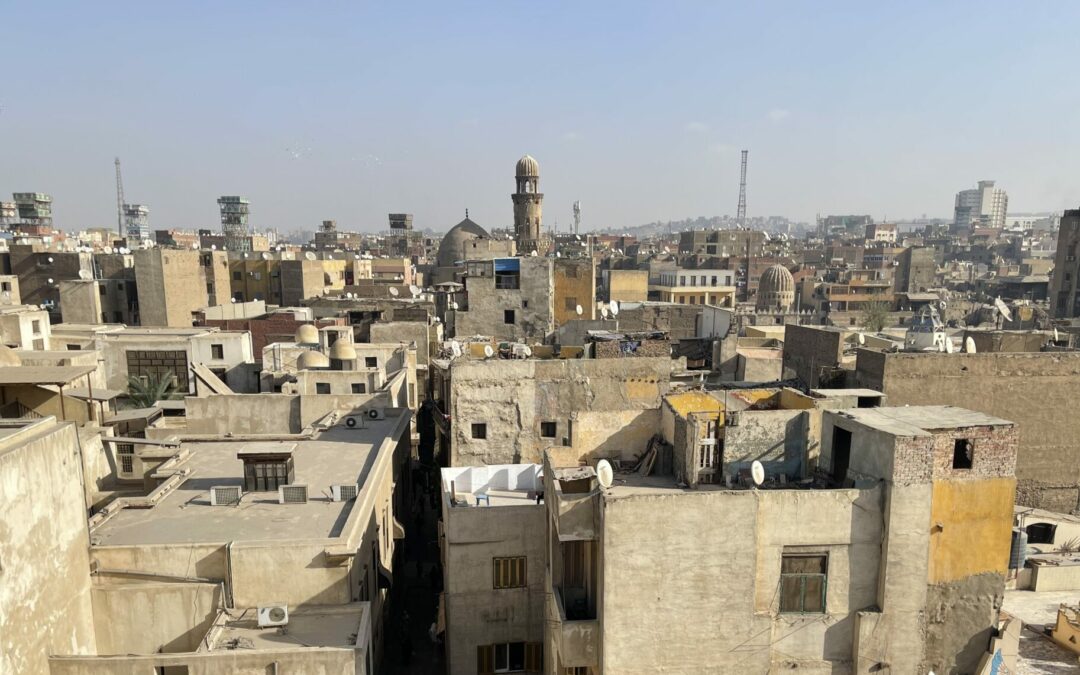The Mashrabiya Project
MARCH 3 – JULY 23, 2023
CURATOR: JENNIFER-NAVVA MILLIKEN
PROJECT COORDINATOR: AHMED ABDELAZIM
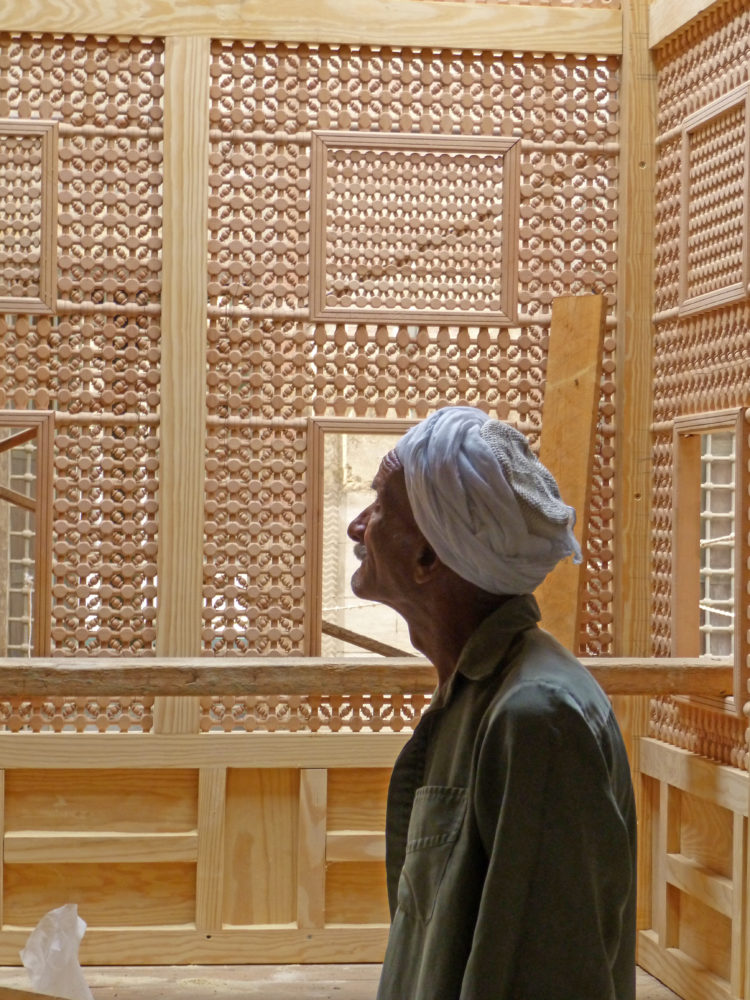
Al-Sukkariya Ottoman House, Disaster Relief Project, Cairo, Egypt, 2012. Photo: Jarosław Dubrowolski, ARCHiNOS Architecture
The Mashrabiya Project is a community-focused, shared experience that links the heritage of the mashrabiya, a screening element with ancient origins, to responses in art and design that reflect considerations of space and seeing in contemporary life. The Project—the first in the U.S. to examine the mashrabiya as both an architectural object and a locus of metaphor—presents an opportunity for dialogue and connection across cultural and geographic borders. With its artful geometry and elaborate perforated designs, the mashrabiya became a defining element of Islamic visual culture and ornament. The mashrabiya of North Africa—fabricated of wood, which can expand and contract in response to the region’s intense climate—are found in residential and sacred spaces alike. Comprised of thousands of simple, individually lathe-turned components, they are assembled without glue or fasteners to create large, scalable elements and furnishings that are complex and ornate in design. These serve many functions, from permitting screening and ventilation, to delineating spaces for public and private life, to separating male and female members of a household in accordance with purity laws. Bountiful in metaphorical evocations, particularly circulating around dualities of public and private; subject and viewer; denial and reclamation of space; and the porosity of boundaries, the mashrabiya is an enduring symbol both of Islam’s cultural heritage and of the perpetually evolving nature of religion in society.
The Project will comprise a number of programs circulating around the creation of a wood-turned mashrabiya in the Museum’s public space. Regardless of woodturning experience or skill, visitors will be able to participate in the making of a mashrabiya, using regional wood types.
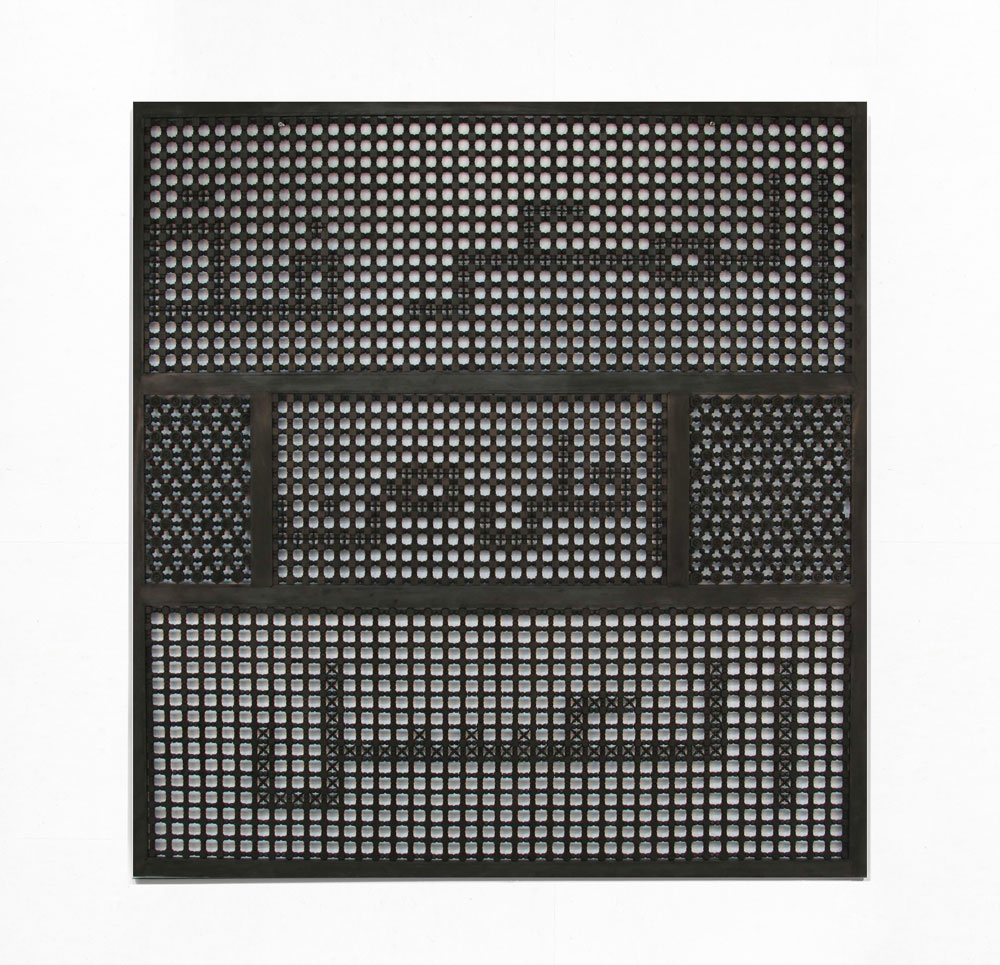
Susan Hefuna, Knowledge Is Sweeter than Honey, 2013. Wood and black ink. Photo: Courtesy of the artist
A multidisciplinary exhibition titled Seeing through Space will interpret the societal and cultural concepts evoked by the mashrabiya, featuring never-before-seen commissioned works by 6 women-identifying artists from the Muslim world. Their works, exhibited in the Museum’s main gallery, will speak through the many languages of the mashrabiya, evoking the metaphors and stories found in its elemental forms. The Seeing through Space artists are: Anila Quayyum Agha, Nidaa Badwan, Susan Hefuna, Nadia Kaabi-Linke, Majida Khattari, and Hoda Tawakol.
The Mashrabiya Project evokes the Museum’s origins as a nexus for wood turning and a space for communal practice. As such, it reaches across space and time to embody our mission to interpret, nurture, and champion creative engagement, honoring the Museum’s first makers while creating new dialogues between new audiences, and across continents, toward global engagement and understanding. The mashrabiya provides a viewpoint, from one space to another; likewise, The Mashrabiya Project links spaces and cultures framed by discussions of architecture, art, craft, and community.
We partnered with Artivive to bring the sights and sounds of the mashrabiya in Cairo to you via augmented reality. Scroll down to the bottom of the page to the Augmented Reality button, download the app, and position your device over the logo to be transported from your home! New animations will drop in the coming months, so stay connected to participate in the experience!
Artists
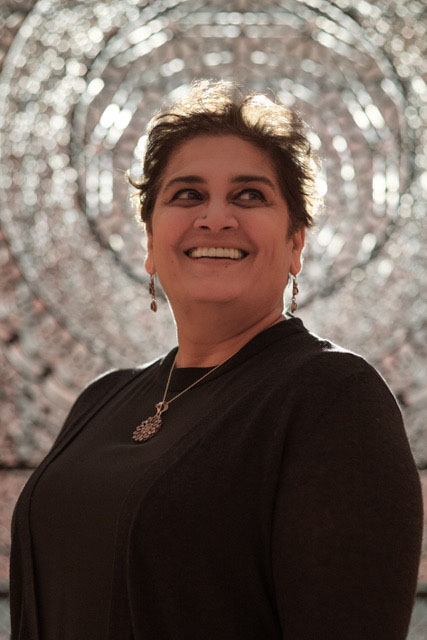
Anila Quayyum Agha
Anila Quayyum Agha (b. Lahore, Pakistan) received her BFA from the National College of Arts, Lahore and an MFA from the University of North Texas. Major solo shows include the Amon Carter Museum of American Art in Fort Worth, TX; Columbia Art Museum in South Carolina; Peabody Essex Museum in Salem, MA, National Sculpture Museum in Valladolid, Spain, The Dallas Contemporary Art Museum, Cincinnati Art Museum, the Museum of Contemporary Art in Jacksonville, FL. Philbrook Museum of Art in Tulsa, North Carolina Art Museum in Raleigh, and the Toledo Museum of Art in Ohio. For the 2019 Venice Biennial, Agha was included in a collateral event, She Persists, with 22 contemporary feminist artists. Agha has received the Efroymson Art Fellowship, Cincinnati Art Museum’s 2017 Schiele Prize, the DeHaan Artist of Distinction Award twice (2018 & 2021) and the Joan Mitchell Painters and Sculptors award in 2019. Agha’s 2014 ArtPrize entry, titled “Intersections,” earned the Public Vote Grand Prize and split the Juried Grand Prize in Grand Rapids, Michigan. She is the recipient of numerous grants from Indiana University, like the New Frontiers Exploratory grant. For her creative research, Agha was awarded the highest research honor by Indiana University in 2016, titled Glenn W. Irwin Research Scholar Award. In 2020, Agha received an Endowed Chair position titled Morris Eminent Scholar in Art at Augusta University in Georgia, as well as the prestigious Smithsonian Fellowship in the arts for 2021, and worked with both SAAM and AAA in Washington DC in May 2022. Her work has been collected by both institutions and private collectors, nationally and internationally.
Agha works in a cross-disciplinary fashion with mixed media, creating artwork that explores global and environmental politics, cultural multiplicity, and social and gender roles in our current cultural and global scenario. As a result, her artwork is conceptually challenging, producing complicated weaves of thought, artistic action and social experience.
Seeing through Space series talk, November 18, 2022: https://www.youtube.com/watch?v=0ZCKZZHCyLA&t=42s
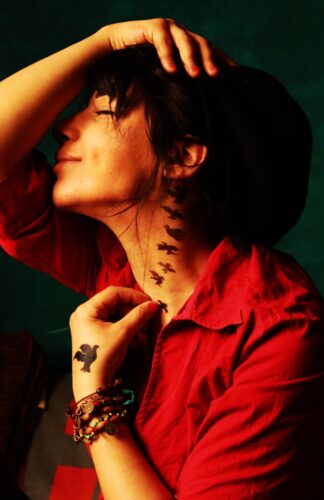
Nidaa Badwan
Born in the UAE, Nidaa Badwan moved at the age of 12 to Gaza City, where she studied for her BFA in the Fine Arts School at Al-Aqsa University. She is a photography and performance artist who achieved international renown with her 2013 series “100 Days of Solitude,” which depicted the artist occupied in various domestic and art-making activities while spending 100 days in sequestration in her home in Deir el-Balah, Gaza, after being harassed by Hamas and overwhelmed by the harsh realities of life in Gaza, embroiled in ongoing violence with the Israeli Defense Forces. Her use of Western art tropes that typified Baroque work by canonical artists such as Caravaggio, including chiaroscuro and dynamic, twisting bodily compositions, offset the stark metaphor of her self-declared enclosure, within a country upon which enclosure is imposed. Badwan now lives in Italy and has been a professor of art at the Université San Marino.

Susan Hefuna
Susan Hefuna was born in Germany and grew up in Egypt. In 1992, she completed a postgraduate degree in multimedia arts at the Institut für Neue Medien, Städelschule, Frankfurt. She lives and works in Cairo, Düsseldorf, and New York. In drawings, installations, performances, photographs, sculptures, and videos, she draws on her mixed heritage to ponder the intersection of location and identity. For over 30 years Hefuna has been fascinated by the mashrabiya and has brought their gridded geometries into her work; initially inspired by her connecting the gridded streets of New York City and modern urban architecture with mashrabiya matrices and their complex latticework, she began using them as a way to speak through her work, often weaving text–in English and in Arabic–into her handmade, wooden, window-scaled screened wall works. Hefuna continues to explore the power of the mashrabiya to discuss women’s experiences, the invasiveness of the gaze, and cultural boundaries in her work. She has exhibited internationally and her work is held by many public institutions, including the Guggenheim Museum, the Museum of Modern Art, LACMA, the Sharjah Art Museum and Foundation, the Art Institute of Chicago, the V&A, and Centre Pompidou, among others.
Seeing through Space series talk, March 22, 2023: https://youtu.be/71UZihBTb7I?si=xdynlyxhHSHaEHC1
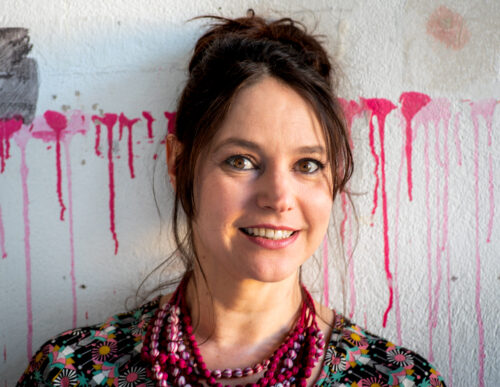
Nadia Kaabi-Linke
Nadia Kaabi-Linke was born Tunis, Tunisia, in 1978, and raised in Tunisia and the United Arab Emirates. She graduated from the University of Fine Arts, Tunis, in 1999, and earned a Ph.D. at Université Paris-Sorbonne, in 2008. Growing up between Tunis, Kyiv, and Dubai, and now residing in Berlin, Kaabi-Linke has a personal history of migration across cultures and borders that has greatly influenced her work. Her works give physical presence to that which tends to remain invisible, be it people, structures, or the geopolitical forces that shape them.
Seeing through Space series talk, June 14, 2023: https://youtu.be/PCErPe8DpIE?si=3p-cb-AGsSHTH6uP
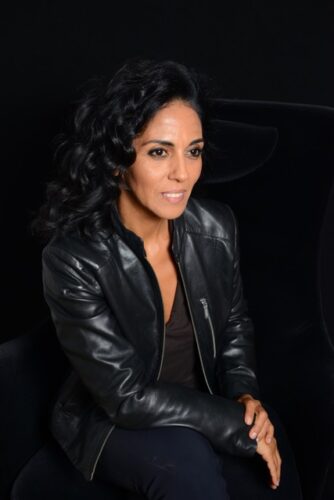
Majida Khattari
Majida Khattari is a Moroccan visual artist and photographer. She first studied at the School of Fine Arts in Casablanca, before moving to Paris in 1988. Initially she studied photography, working in black and white to create portraits of her subjects veiled in muslin. This led Khattari to focus her work on the question of women’s head coverings in public schools; from there she began to work directly with the subject of clothing and the female body. Her sculptural garments, inspired by burkas, niqabs, hijabs, and safseris, address the confinement of women’s bodies in contemporary Islam; the garments are worn during performances that take on the spectacle of fashion shows. In her exhibition at the Centre Pompidou in July 2001, Khattari denounced the oppression endured by Afghan women under the Taliban regime.
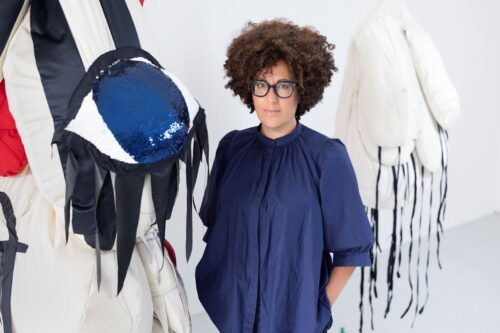
Hoda Tawakol
Born in London and raised primarily in Paris, Hoda Tawakol is a Franco-Egyptian artist who currently lives and works in Hamburg, Germany. She graduated in 2011 from University of Fine Arts (HfbK) in Hamburg. Tawakol’s broad practice encompasses hand-dyed and sewn textile pieces, mixed media sculptures, and installations interweaving textures, grids, and lattices. Her approach to contemporary textile art is deeply rooted in the feminist movement of the 1970s that revived the medium as a critical and discursive practice embedded in the history of women’s knowledge and labor. In her work, she attempts to deconstruct symbols and archetypes that beset female agency. Her Mashrabiya series, part of a larger series titled Idolatry that disrupts the grid, is an example of this preoccupation. Through the variety and compositional complexity of her aesthetic interventions, Tawakol touches on the boundary between the extreme figuration of personal identities and their dissolution, even to the point of disintegration. In taking up such forms in her series of aquarelles, Tawakol is interested in relating formal aesthetic concerns to societal issues, especially to those of a gender-specific nature. For her participation in The Mashrabiya Project, Tawakol will continue her research of these concepts.
Seeing through Space series talk, October 13, 2022: https://www.youtube.com/watch?v=9dh27jNDv3I&t=24s
Mashrafiya or mashrabiya? المشرفية أو المشربية?
Mashrafiya or mashrabiya? المشرفية أو المشربية? While this object is generally referred to across the Maghreb region (North Africa) as mashrabiya, the word raises an interesting etymological question. The word […]
Bayt el-Suheymi بيت السحيمي
If one travels to Cairo in search of mashrabiyat, the neighborhood of Islamic Cairo presents a number of picturesque specimens. Al-Muizz Street, founded by the Fatimid Caliph, al-Muizz li-Din Allah […]
Coming from the Land of Fantasy
Coming from the Land of Fantasy By Ahmed Abdelazim Project Coordinator for The Mashrabiya Project “Are your jeans good for Egypt?” I replied after a short pause: “What do you […]
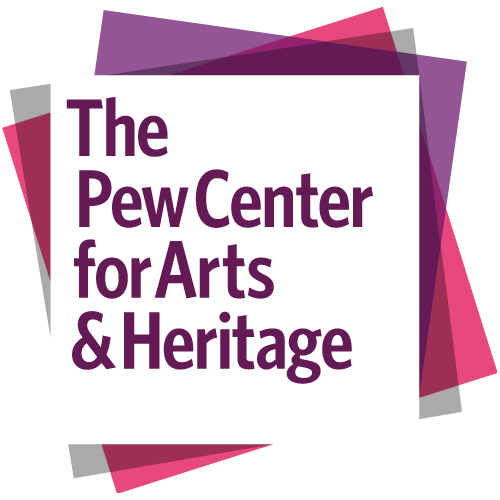
The Mashrabiya Project has been supported by The Pew Center for Arts & Heritage.

